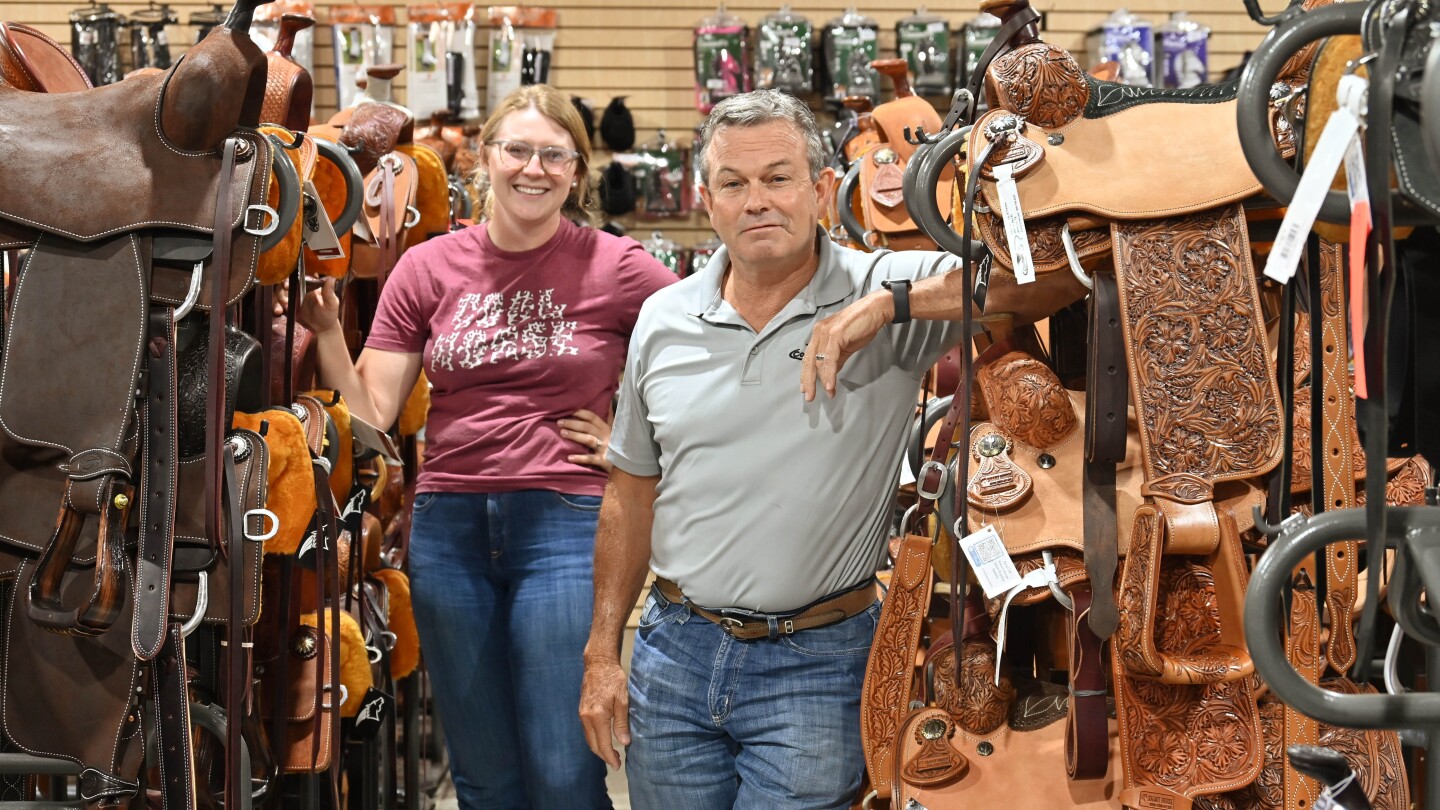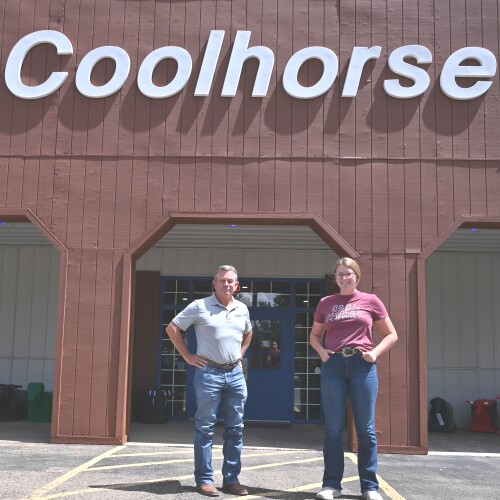If you would’ve asked Coolhorse founder Matt Harris what he thought about Amazon in 2019, he would have told you the retailer is ‘direct competition.’ Fast forward to 2024, and this entrepreneur from the Texas panhandle will tell you that Amazon is one of the best retail partners a small business can have.
Only one thing has changed between then and now, said Harris: “I quit listening to the critics and decided to give it a try.”
For Harris, every move for the last 30 years has been about diversifying his revenue streams. Coolhorse started in 1989 as a mom-and-pop feed store with one location in downtown Amarillo, and Harris grew the business into one of the largest equine supply stores in the area with the help of his family. By the end of the 90s, Harris was looking for ways to grow his business beyond walk-in traffic and started Coolhorse.com, one of the first equine supply stores online. There, his customers could buy everything from saddles and tack to trailers with a single click.
“The horse community is tight knit,” said Harris. “If your reputation for quality is strong and you do what you say you will do, your business will grow.” And, his did.
Over the next two decades, Coolhorse’s online sales continued to increase year-over-year and by 2017 they had surpassed sales in his Amarillo store, bringing in 80-90% of the business’ overall revenue.
“It’s becoming more and more expensive to do business,” said Harris. “You need to keep growing and learning and thinking differently to survive.” With that in mind, Harris said by 2017 he felt it was time to test the waters, buck the critics, and give Amazon a try.
“We were told early on, ‘they’re your competitors, stay away from ‘em,’ and ‘you can’t make any money because they take all your margins,’” said Harris. “But, we started tracking it and started seeing our profits and our return on our investment. Last year it dawned on us like, ‘My gosh, this is better money. Amazon is a better investment than our own website, if we manage it correctly.”
The first few years, Amazon revenues for Coolhorse were around $200,000. Then, Harris decided to give Hayden Eizmendi, a sales clerk from their Amarillo store, the reins. Despite having zero social media or marketplace experience, Eizmendi embraced the challenge.
“Harris told me to make it happen,” said Eizmendi, “and that’s what I have been trying to do since.” By reviewing the sales data in their store and stocking and promoting the best-selling items in their Amazon store, Eizmendi has grown their Amazon revenues five-fold in under three years. Amazon now represents one of Coolhorse’s fastest-growing sales channels, generating $1 million in sales last year, with projections to double sales in 2024 and quadruple in 2025.
Eizmendi credits Amazon’s free Seller University courses for helping her build the skills she needed to get started. Under her guidance, the business has built out a diverse product catalog spanning hundreds of SKUs, from saddles and tack to ropes and fly prevention supplies, and recently opened their own storefront in the Amazon store with A+ Content. And to Harris’ delight, Eizmendi said their Return on Ad Spend (ROAS) with Amazon last month was over 17%, more than double the 8% they received on social media.
“We’re excited. We’re just trying to figure out how to get good inventory to them and let it do its work,” said Harris.
Beyond the sales volume, Harris says the speed and reliability of Fulfillment by Amazon (FBA) service has been a game-changer, allowing the company to deliver products to customers across the country faster than what’s possible from their Texas storefront or website.
“Our philosophy is we’re not really selling stuff, we’re solving people’s problems,” explained Harris. “Let’s say they just need fly prevention for their horses, that’s a problem. Most people order when they’re out, not when they’re going to be. That is probably one of the biggest advantages that Amazon has. [Customers] know it’s going to be there in two days with FBA.”
Today, Harris no longer views Amazon as a competitor, but rather as a complementary sales channel. The decision to embrace Amazon as a strategic partner has paid dividends, both in terms of getting products to customers and strengthening their overall business resilience, he said. By selling more, they’re able to negotiate more purchasing power from their suppliers. And, as Coolhorse continues to scale its Amazon operations, the company is exploring ways to further leverage the extensive logistics network and suite of seller tools.
“We’ve embraced Amazon,” said Harris. “It’s a great revenue source for us. We don’t feel like they’re a competitor like we did a few years ago. They’re an additional store that’s helping us sell.”


